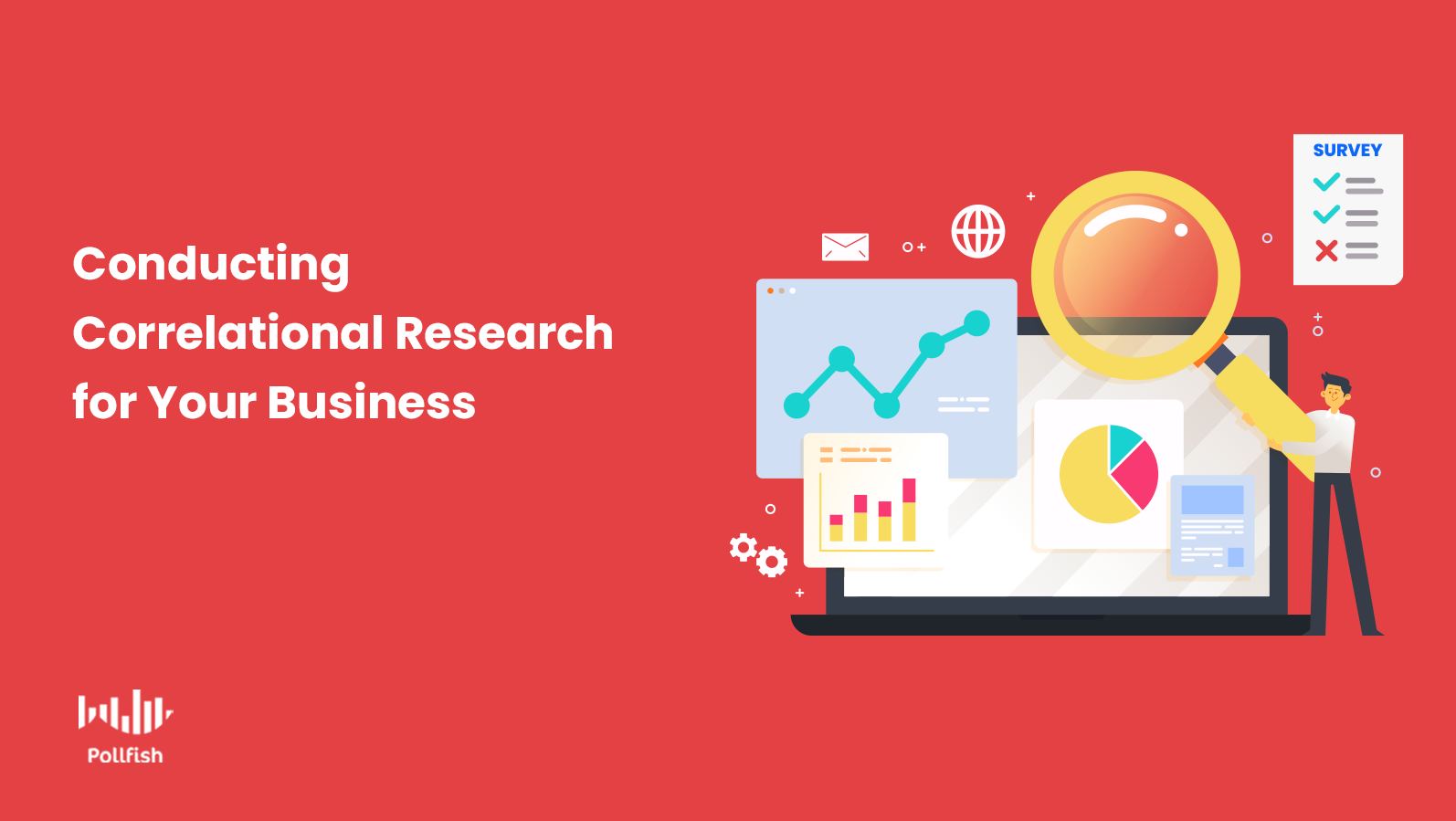Table Of Content
- Southern California woman pleads guilty in $150-million counterfeit postage scheme
- Fire marks Oceanside Pier’s latest chapter in a troubled history
- What are the Data Collection Methods in Correlational research?
- V. Chapter 5: Experimental Research
- Share This Book
- Satellite photos show California turning green and snowy after winter storms

Ethically, this method is considered to be acceptable if the participants remain anonymous and the behaviour occurs in a public setting where people would not normally have an expectation of privacy. Grocery shoppers putting items into their shopping carts, for example, are engaged in public behaviour that is easily observable by store employees and other shoppers. For this reason, most researchers would consider it ethically acceptable to observe them for a study. Naturalistic observation is an approach to data collection that involves observing people’s behavior in the environment in which it typically occurs.
Southern California woman pleads guilty in $150-million counterfeit postage scheme
Correlational research is a type of nonexperimental research in which the researcher measures two variables and assesses the statistical relationship (i.e., the correlation) between them with little or no effort to control extraneous variables. There are essentially two reasons that researchers interested in statistical relationships between variables would choose to conduct a correlational study rather than an experiment. The first is that they do not believe that the statistical relationship is a causal one. For example, a researcher might evaluate the validity of a brief extraversion test by administering it to a large group of participants along with a longer extraversion test that has already been shown to be valid. This researcher might then check to see whether participants’ scores on the brief test are strongly correlated with their scores on the longer one. Neither test score is thought to cause the other, so there is no independent variable to manipulate.
Fire marks Oceanside Pier’s latest chapter in a troubled history
Generally, previous studies or theories, records, documents, and transcripts are used as the primary source of information. Correlation research design is used when experimental studies are difficult to design. Survey data might be cost-efficient and easy to get, but it has its downsides. For one, the data is not always reliable—particularly if the survey questions are poorly written or the overall design or delivery is weak. Data is also affected by specific faults, such as unrepresented or underrepresented samples.
What are the Data Collection Methods in Correlational research?

For example, counting the number of people named Virginia who live in various states based on Social Security records is relatively straightforward. In the late 1980s, Peterson and his colleagues reviewed the men’s questionnaire responses to obtain a measure of explanatory style—their habitual ways of explaining bad events that happen to them. More pessimistic people tend to blame themselves and expect long-term negative consequences that affect many aspects of their lives, while more optimistic people tend to blame outside forces and expect limited negative consequences. To obtain a measure of explanatory style for each participant, the researchers used a procedure in which all negative events mentioned in the questionnaire responses, and any causal explanations for them, were identified and written on index cards. These were given to a separate group of raters who rated each explanation in terms of three separate dimensions of optimism-pessimism.
It is not a good measure for nonlinear relationships, in which the points are better approximated by a curved line. Figure 6.5, for example, shows a hypothetical relationship between the amount of sleep people get per night and their level of depression. In this example, the line that best approximates the points is a curve—a kind of upside-down “U”—because people who get about eight hours of sleep tend to be the least depressed. Those who get too little sleep and those who get too much sleep tend to be more depressed.
V. Chapter 5: Experimental Research
Correlational Study Shows Learning Without Tears Meets Level III ESSA Requirements for Phonics, Reading, and Me ... - PR Web
Correlational Study Shows Learning Without Tears Meets Level III ESSA Requirements for Phonics, Reading, and Me ....
Posted: Tue, 19 Mar 2024 07:00:00 GMT [source]
But, he noted that climate change is still expected to further stretch those natural extremes. The systems aren’t typically accompanied by thunderstorms, but several systems were this season, driving locally historic rainfall and flash flooding in several areas, including San Diego and Oxnard. “We like to talk about California being the land of extremes, where it’s either extremely dry or extremely wet. This year was abnormal because it was fairly close to normal through April 1,” the date that typically marks the end of California’s wet season.
Share This Book
That helps you generalise your findings to real-life situations in an externally valid way. By Kendra Cherry, MSEdKendra Cherry, MS, is a psychosocial rehabilitation specialist, psychology educator, and author of the "Everything Psychology Book." Kendra Cherry, MS, is a psychosocial rehabilitation specialist, psychology educator, and author of the "Everything Psychology Book."
This squared correlation coefficient is called a COEFFICIENT OF DETERMINATION. The coefficient of determination is useful because it gives the proportion of the variance of one variable that is predictable from the other variable. One of the most popular methods of conducting correlational research is by carrying out a survey which can be made easier with the use of an online form. Surveys for correlational research involve generating different questions that revolve around the variables under observation and, allowing respondents to provide answers to these questions.

A confounding variable is a third variable that influences other variables to make them seem causally related even though they are not. Instead, there are separate causal links between the confounder and each variable. Just because you find a correlation between two things doesn’t mean you can conclude one of them causes the other, for a few reasons. Naturalistic observation is a type of field research where you gather data about a behaviour or phenomenon in its natural environment. You have developed a new instrument for measuring your variable, and you need to test its reliability or validity.
Sporadic change patterns that occur in variables with zero correlational are usually by chance and not as a result of corresponding or alternate mutual inclusiveness. You can use this equation to predict the value of one variable based on the given value(s) of the other variable(s). It’s best to perform a regression analysis after testing for a correlation between your variables. Using secondary data is inexpensive and fast, because data collection is complete.
Similarly, as one variable decreases, the other variable tends to increase. For example, there is a negative correlation between the number of hours spent watching TV and physical activity level. The more time a person spends watching TV, the less physically active they are likely to be.
Correlational research is a preliminary way to gather information about a topic. The method is also useful if researchers are unable to perform an experiment. Even with many water measurements pointing to an overall average water year thus far, federal officials recently issued a major disaster declaration for nine counties after the deadly February atmospheric river storms. The study’s findings do not bode well for a state whose flood infrastructure was severely strained last year, when a train of atmospheric rivers breached numerous levees, flooded communities and re-filled once dry Tulare Lake.
Perceptions of younger generations as broadly suffering from mental health problems are exaggerated and potentially harmful. Correlations only describe the relationship, they do not prove cause and effect. Correlation is a necessary, but not a sufficient condition for determining causality. For librarians and administrators, your personal account also provides access to institutional account management.
In experimental research, the researcher introduces a catalyst and monitors its effects on the variables, that is, cause and effect. In correlational research, the researcher is not interested in cause and effect as it applies; rather, he or she identifies recurring statistical patterns connecting the variables in research. A correlation coefficient is an important value in correlational research that indicates whether the inter-relationship between 2 variables is positive, negative or non-existent.
They found that people in some countries walked reliably faster than people in other countries. For example, people in Canada and Sweden covered 60 feet in just under 13 seconds on average, while people in Brazil and Romania took close to 17 seconds. Archival information is the data that has been previously collected by doing similar kinds of research. Unlike experimental research, correlational research does not emphasize the causative factor affecting 2 variables and this makes the data that results from correlational research subject to constant change. However, it is quicker, easier, less expensive and more convenient than experimental research. Correlational research enables researchers to establish the statistical pattern between 2 seemingly interconnected variables; as such, it is the starting point of any type of research.

No comments:
Post a Comment